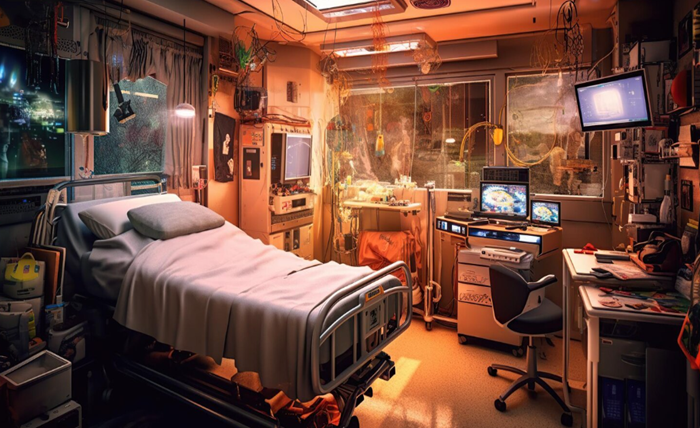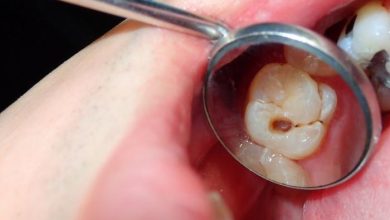
Walk into a modern emergency room, and you can feel how much has changed. The pace is still intense, but the atmosphere is different. There are screens where there used to be clipboards, quiet beeps where there used to be shuffling papers, and a calm order where chaos once ruled. Much of that difference comes from how technology has woven itself into every part of the process.
What once relied on pens, folders, and memory now runs on connected systems that enable faster, more precise patient care. Behind almost every life-saving decision is a network of machines that quietly keep track of details. Among the most valuable of these tools are barcode scanners, which help staff link people, tests, and treatments with complete accuracy.
How Scanners Became Essential
When a patient checks into the emergency room, a wristband is printed and placed on their arm. It looks simple, but that small strip of plastic carries a code that connects to everything in the hospital’s system. Doctors, nurses, and technicians can scan it to instantly confirm the patient’s identity and determine the care they need.
That scan makes the difference between guessing and knowing. Every medication, lab test, and order gets tied to that code. Before a nurse gives a dose of medicine, both the drug and the wristband are scanned. If the two do not match, an alert appears on the screen and the process stops. It is a safeguard that prevents mistakes and maintains consistent care.
This same idea carries over to the lab. When blood or other samples are taken, they are labeled with barcodes that link directly to the patient’s record. The lab team scans each sample as soon as it arrives. As soon as the results are ready, they are sent back through the system and automatically appear in the patient’s file. What used to involve phone calls and paper slips now happens in minutes.
Faster Access to Information
Speed matters in medicine. In the emergency department, the decision is often made about whether a patient will recover or decline. With digital records connected to scanning systems, information moves instantly. When a test is ordered, the lab sees it right away. When the result comes back, the doctor sees it the moment it is entered. There is no waiting for someone to pass along the message.
This flow of information helps every part of the process. It shortens the time between diagnosis and treatment, prevents duplicate testing, and keeps everyone on the same page. For patients, it means answers arrive faster and care feels more coordinated. For staff, it means fewer errors and less guesswork.
Behind the Scenes
There is a lot happening in the background that most people never notice. Automation handles many small but important steps. Machines in the lab analyze samples and send data straight to the hospital’s network. Medication systems automatically track supplies and alert the pharmacy when stocks run low. Vital sign monitors feed readings into the patient chart without anyone typing a number.
This quiet efficiency has changed the rhythm of emergency care. Staff spend less time managing paperwork and more time focusing on the patient. The environment still moves quickly, but it runs on a kind of organized momentum that keeps everything flowing.
Better Communication Across Teams
The modern emergency room depends on collaboration. Doctors, nurses, technicians, and lab staff must all work together with no gaps in communication. Digital systems now make that easier. When a patient’s condition changes or new results arrive, alerts are sent immediately to everyone involved in the case.
Some hospitals use secure messaging platforms that send updates directly to mobile devices. A doctor on another floor can see the same information as the nurse standing at the bedside. Shift changes also go more smoothly because the system keeps a complete record of what has been done, who did it, and when. There is no confusion about what happened during a previous shift or what still needs to be done.
How Patients Experience It
Patients may not notice most of this technology, but they feel its impact. Wait times are shorter. Results arrive faster. Nurses and doctors seem to know more, even before they ask questions. The wristband on their arm connects every action in their care, from the first scan to the final discharge.
Some hospitals now use similar scanning systems for visitors or family members, allowing them to receive updates without needing to ask staff for details. It creates a sense of reassurance in a place that can often feel overwhelming.
A Balance Between People and Technology
No amount of technology can replace the human side of medicine. The scanners and screens exist to help, not to lead. Doctors still rely on their training and instinct. Nurses still comfort patients and read the small signs that machines cannot measure. The technology supports them by reducing distractions and removing the possibility of human error.
In many ways, the tools have made healthcare feel more personal again. Because systems handle many repetitive tasks, caregivers have more time to talk, listen, and focus. It brings medicine back to its core purpose: helping people when they need it most.
Looking Ahead
The next wave of innovation is already emerging in emergency departments. Artificial intelligence is being tested to predict patient surges, identify patterns in symptoms, and detect warning signs before they become emergencies. Hospitals are exploring new ways to connect wearable devices and home monitoring systems to patient records so that critical data can arrive before the patient does.
These ideas all build on the same foundation created by barcode scanning and electronic records. They prove that small tools can open the door to bigger change. What started as a way to improve safety has evolved into a complete transformation of how hospitals work.
The Human Impact
In the end, it is not about the technology itself but what it allows people to do. Every scan of a wristband saves a few seconds. Every automatic update prevents a small mistake. Every instant message between team members saves another step. Added together, those moments change everything.
The emergency room has always been a place where decisions happen fast. Now those decisions come with more clarity, less confusion, and stronger support from the tools built to help. It is progress that happens quietly, but its effects are visible every day.
When patients come through the doors, they still find a team ready to act. The difference is that behind that team is a system working just as hard, keeping track of the details so that the focus stays where it belongs: on saving lives.





